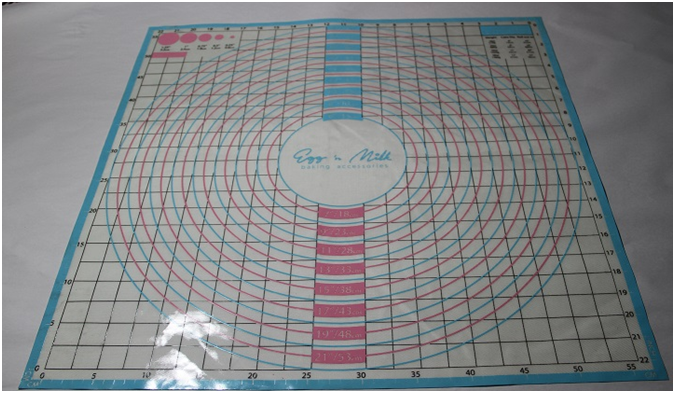According to a report recently organized by the Physicist Organization Network, experts from the US Advanced Diamond Technology Corporation have developed a new method that can coat electronic devices with a thin diamond film at a lower temperature, allowing more electronic devices to wear superior quality in the future. The diamond "coat." The related papers were published in the Applied Physics Letters of the American Institute of Physics (AIP) journal.
Because of its excellent properties in terms of hardness, optical transparency, finish, chemical resistance, radiation, and electric field, diamonds have special value in industrial and high-tech devices. When researchers used diamonds in electronic devices, semiconductor boron was introduced into the diamond manufacturing process, making it electrically conductive by “dopingâ€. However, in the past, the use of doped diamond coatings or films to give diamond-like qualities to electronic devices is also faced with great challenges because dope-doped diamond coatings require very high temperatures in applications such as biosensors, semiconductors, photonics, and optical devices. Electronic devices with high sensitivity can be destroyed when they encounter high temperatures.
In the paper, Illinois Advanced Diamond Technology Corporation reported that they have created a boron-doped diamond film that can be used to wear diamond “coats†to many electronic devices at low temperatures (460°C to 600°C).
The concept of cryogenic precipitation of boron-doped diamond films is not new. However, in practical applications, it has not been found that diamond films of good quality can be rapidly manufactured for commercial use. By lowering the temperature and adjusting the ratio of methane and hydrogen in the normal process, the research team changed the normal temperature required for boron doping and produced a high-quality thin film. The thin film of diamond produced with high temperature in terms of conductivity or finish is not large. the difference.
Researchers say they also need more data for further research to better understand the low temperature environment. With further optimization methods, boron-doped diamond thin films are expected to precipitate at temperatures below 400°C. Zeng Hongjun of Advanced Diamond Technology Co., Ltd. said: “The lower the precipitation temperature, the more electronic devices can be used. The production of diamond coatings will also be further expanded in terms of thickness, finish, and conductivity.†Chang Lijun)
Silicone Pastry mat is designed to easily release dough–no flour needed! Dough mat has a non-slip backing and measurement equivalents printed right on the mat in both English and metric. Nonstick pastry mat clings to counter or table and will not shift. Also ideal for shaping and trimming frozen pastry dough or candy making. Use as a baking sheet liner, efficiently replacing parchment paper. Reusable, FDA-approved, NSF certified. Heat-resistant to 482°F. Oven- freezer- and microwave-safe.

Pastry mat
Pastry Mat,Pastry Rolling Baking Mat,Pastry Heat Mat,Fiberglass Pastry Mat
Yangzhou Jiangdu Chenguang Special Equipment Factory , http://www.siliconebakingmats.com